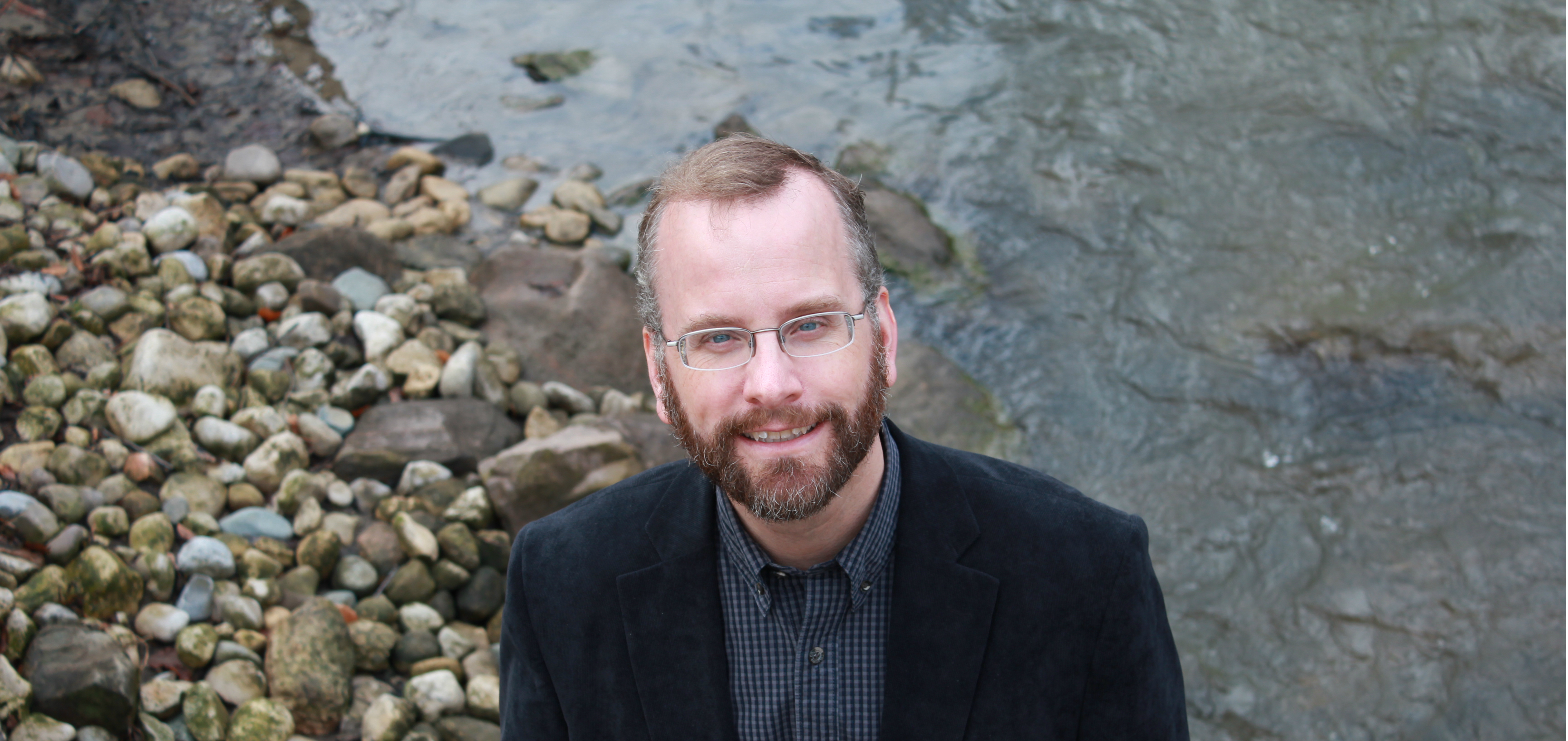Water bottling companies like Nestlé take a lot of water out of the ground in Ontario and put it in plastic bottles. Every time Nestlé seeks a new permit, or tries to renew an existing one, there’s a controversy. For many people concerned about water in Ontario, the bottled water industry has become the poster child for inappropriate water use, with Nestlé as the chief villain.
Following Nestlé’s recent application to renew its permits to take up to 4.7 million litres of water per day, Premier Wynne announced a review of water bottling in Ontario and proposed raising the fee charged to bottling companies. On December 16, 2016, the province announced a two-year moratorium on new and expanded water bottling operations. As part of this announcement, the province indicated that it’s going to review existing rules for water bottlers to ensure long-term groundwater protection.
A major review is urgently needed, but its scope has to be much larger than just water bottling. Water bottling in general, and Nestlé in particular, have become a sideshow and a distraction from much more important issues. Our focus needs to be on ensuring safe, secure water supplies for people and the environment in the face of growing pressures and uncertainty.
Ontario’s system for deciding who can use water from rivers, lakes, and aquifers is not up to the challenges we face. Created in 1961, Ontario’s water allocation law gives the Crown supervision over water (not ownership, as is the case in most other Canadian provinces.) The law assigns the provincial government the power to give — and to take away as it sees fit — a right to use water. There are no formal priorities based on time or use, so permit holders face a lot of uncertainty during times of scarcity.
Through regulatory changes, including the one that established a charge for commercial water bottling, and through various add-on policies and programs, successive provincial governments have done about as much as can be done to make the current legal framework work. Compared to the late 1990s, when Ontario’s water allocation system was a shambles, today’s system gets by fairly well, most of the time. But it’s not the robust system we need to deal with what’s coming.
We face a future in Ontario of more dry periods combined with less water in rivers, lakes, and aquifers. Pressure on water supplies will increase from a growing population and from new demands (like bottled water, a use that didn’t exist a few decades ago.) Communities can expect more water shortages. Businesses and industry that depend on water, including our critical agriculture sector, will face higher risk and uncertainty. It’s going to be harder to ensure enough water for the environment.
Measures like moratoriums and charging water bottling companies more for water — even a lot more — may make critics of the industry feel like they’ve accomplished something. The additional revenue might even help our creaky water allocation system run a bit better, for a bit longer. Unfortunately, these kinds of politically popular measures are not going to put us on the path to a robust system that will be up to the challenges we’re going to face. To get on that path, we need to have a serious conversation in Ontario around building a future-proof system for sharing water among the environment, communities, and businesses. Premier Wynne’s review is an opportunity to start this conversation — if it can see past water bottling companies to the much larger challenges we face.
Rob de Loë is a Professor in the School of Environment, Resource and Sustainability, Faculty of Environment, University of Waterloo. He directs the Water Policy and Governance Group (www.wpgg.ca). Dr. de Loë is an expert on water security, source water protection, transboundary water governance, water allocation and drought contingency planning. In 2014, he was appointed as the new co-chair of the Great Lakes Water Quality Board of The International Joint Commission.









